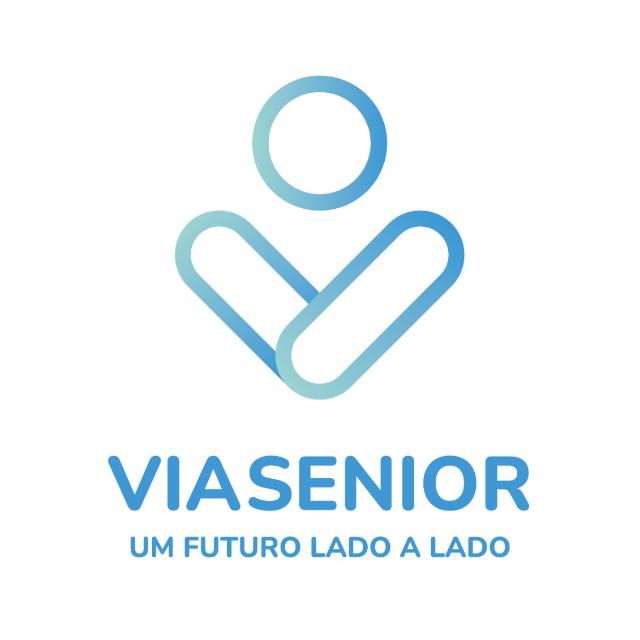According to the PEN-3S study, conducted in Portugal, 4.8% of the elderly in senior residences are malnourished and 38.7% are at risk of malnutrition.1 Given that the nutritional status is a key determinant of elderly health, impacting their quality of life and autonomy, it becomes urgent to intervene and promote a good nutritional status in this specific population.
Data from the latest National Food and Physical Activity Survey (IAN-AF 2015-2016) report that about half of the elderly have insufficient protein intake (less than 1 g of protein per kg of weight per day) and that they are the age group with the lowest frequency of consumption of intermediate meals. These facts contrast with the increased energy and protein needs of this population, which are higher than those recommended for the healthy adult.
The causes of malnutrition in the elderly may be multifactorial, based on psychosocial, physiological, and/or clinical factors. Lack of appetite, missing teeth, swallowing difficulties (dysphagia), changes in taste and smell, polymedication, dementia, chronic pain, and depression are just a few examples. These factors can lead to involuntary weight loss, resulting in loss of muscle mass and frailty states, with consequences such as loss of muscle strength, increased risk of falls, increased risk of infections, loss of autonomy, decreased quality of life, and increased mortality.
The state of frailty is characterized by a picture of decreased strength, endurance, and muscle function. There are warning signs in the elderly, to which it is important to be alert: involuntary weight loss, fatigue, difficulties in performing daily tasks and difficulties walking. To detect weight fluctuations, it is important to regularly monitor the weight of the elderly (at least once a month). Identification of nutritional risk should be periodically performed in the elderly, so that those at risk can be referred for nutritional intervention.
A healthy and active lifestyle are fundamental to prevent unintentional weight loss and frailty. Physical exercise, properly adapted to the capabilities of the elderly, should be encouraged. The diet should be complete, varied, and balanced, allowing the elderly to meet their daily nutritional needs. In the specific case of senior residences, it is essential to form a team aware of the individual difficulties of each elderly person, especially at mealtime, adapting the portions and textures of food.
Whenever the usual diet is not enough to meet the nutritional needs of the elderly, nutritional monitoring should be sought, where the health professional may indicate the taking of an oral nutritional supplement (ONS). ONS are foods for medical purposes specifically for the nutritional management of disease-related malnutrition, for oral use, which promote protein and energy intake and help increase weight and lean mass, and consequently improve quality of life and independence. They should always be taken under the supervision of a healthcare professional.
SNOs are available in several formats-liquid, cream, or powder-to suit individual preferences. It is recommended to vary not only the format, but also the flavors and preparation method – for example, to incorporate into smoothies or porridge. The dose should be taken gradually, until the recommended dose is reached after 3 to 5 days. They should not replace regular meals, but rather complement them, and should be taken with meals in between. The product should be shaken before opening and, after opening, placed in the refrigerator and consumed within 24 hours.
Bibliographic references:
- Madeira T, et al. Public Health Nutrition. 2018;22(3):486–497.
- World Health Organization. World Report on Ageing and Health. 2015; Geneva: WHO.
- Lopes C, et al. IAN-AF 2015-2016: Relatório de resultados. Universidade do Porto, 2017. Disponível em: www.ian-af.up.pt.
- Volkert D, et al. Clinical Nutrition. 2018:1-38
- Alibhai SM, et al. CMAJ. 2005;172(6):773-780.
- Deutz NEP, et al. Clin Nutr. 2014;33:929-936.
- Morley JE, et al. JAMDA. 2013;14:392-397.
- Bauer J, et al. JAMDA. 2013;14(8);542-59.
- Boirie Y, et al. Mech Ageing Dev. 2014;136-137:76-84.
- Stratton RJ, et al. CABI Publishing. 2003.
- McMurdo ME, et al. J Am Geriatr Soc. 2009;57(12):2239-2245.
- Norman K, et al. Clin Nutr. 2008;27(1):48-56.
- Rabadi MH, et al. Neurology. 2008;71(23):1856-1861.
- Gariballa S, et al. J Am Geriatr Soc. 2007;55(12):2030-2034
- Persson M, et al. Clin Nutr. 2017; 26(2):216-224.


